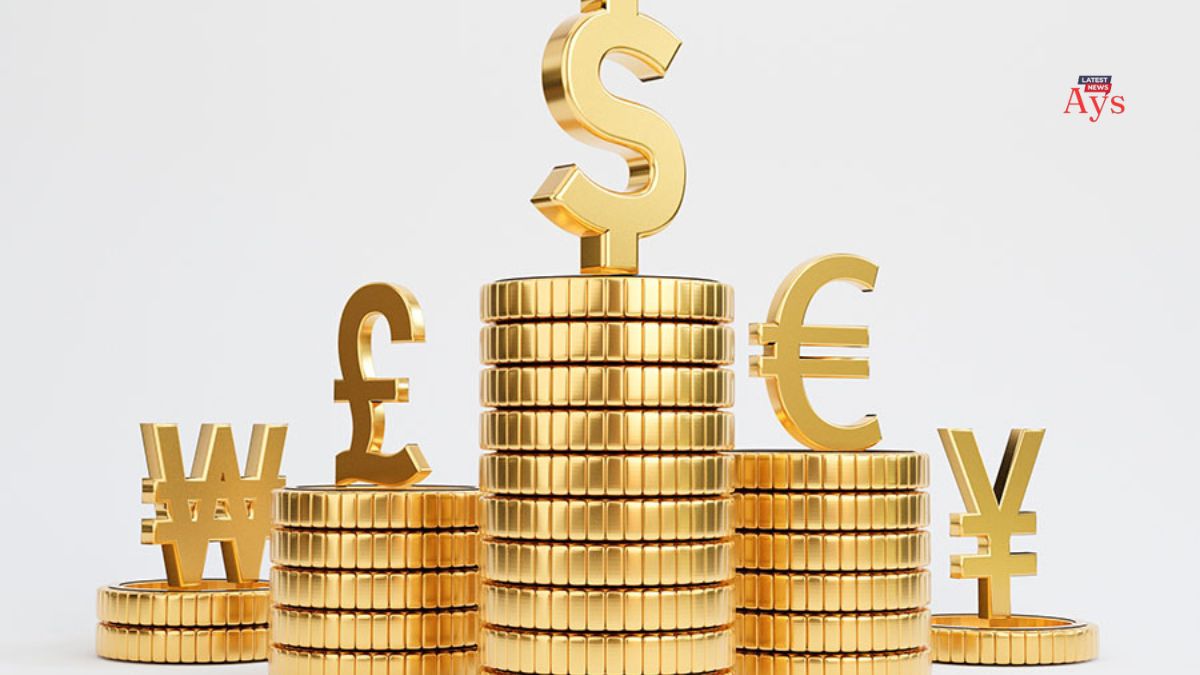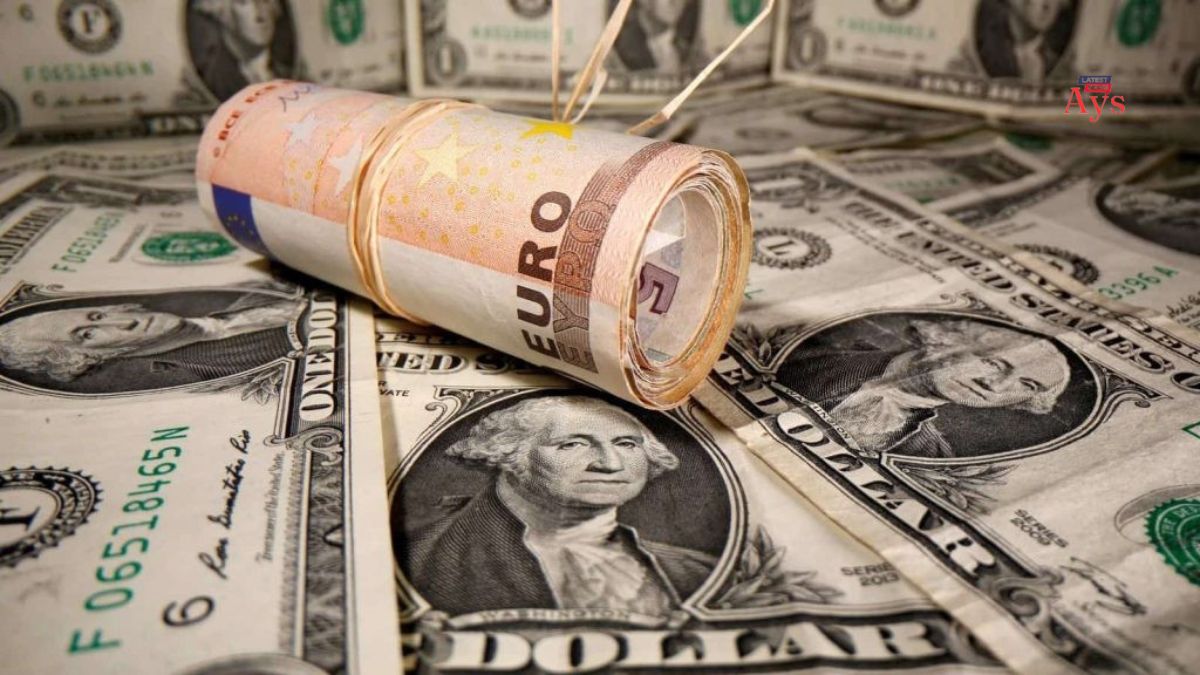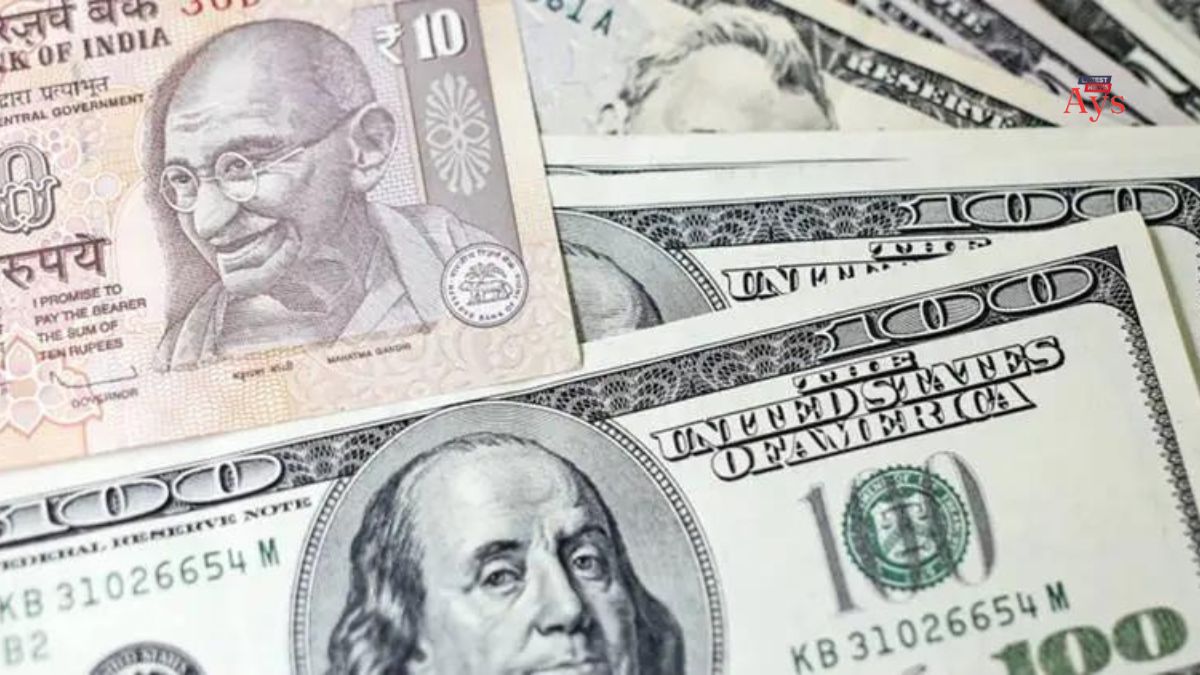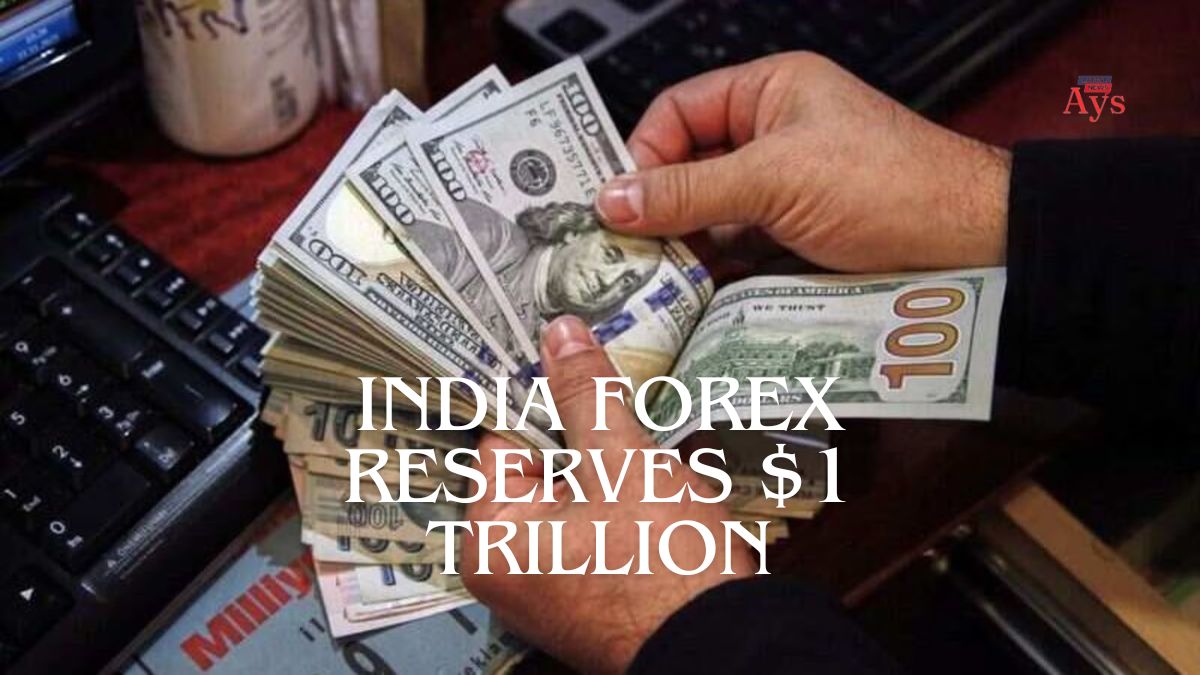India Forex Reserves $1 Trillion
Contents

Rupee Rising: India’s Forex Reserves Hit the Big Leagues!
Ever heard of a rainy day fund? Well, countries have them too, only much, much bigger! These stashes of cash are called foreign exchange reserves, and India just hit a milestone – they’ve crossed a whopping $645.6 billion as of March 2024! That’s like having a super secure piggy bank overflowing with foreign currencies!
Why is this a big deal?
Think of it like this: having a hefty reserve means India is well-prepared for unexpected situations. Just like your personal savings help during emergencies, these reserves help the country manage its finances in a few ways
- Import Power: India relies on importing things like oil and electronics. These reserves ensure the country has enough foreign currency to keep buying these essentials.
- Currency Stability: Imagine everyone trying to sell their rupees at once! Reserves help maintain a balance in the foreign exchange market, keeping the rupee from weakening too much.
- Investor Confidence: A healthy reserve acts like a financial muscle. Investors see this and feel more confident investing in India, which is good for the economy.
So, is India sitting on a mountain of cash now?
Not quite. These reserves aren’t meant to just sit there. They’re like a strategic tool. The government can use them when needed, but it’s important to maintain a healthy balance.
What’s next?
This is a positive sign for India’s financial strength. With careful management, these reserves can help the country navigate future economic challenges and keep that rupee rising!

India’s forex reserves did not reach $1 trillion as of today, May 3, 2India’s forex reserves crossed the $600 billion mark for the first time. India’s total forex reserves touched an all-time high of US$642.453 billion on 8 September 2021 [Wikipedia: Foreign-exchange reserves of India]. There was a decline after that, but they rose again in March 2024 to a new high of $645.6 billion [The Economic Times: Forex reserves: RBI MPC: India’s forex reserves at an all-time high of $645.6 bn as of March 29].[India Forex Reserves $1 Trillion]
How much is India’s forex reserves?
India’s foreign exchange reserves are actually not quite at $1 trillion yet, but they are very strong! As of today, April 20, 2024, they sit around $643.16 billion.
That’s still an impressive amount and recently reached an all-time high of $648.56 billion in early April. While it fluctuates slightly from week to week, it remains a very healthy level for India’s economy.
Top 5 Highest Currencies In The World
What is the trillion reserve of India forex?
There isn’t a specific term like “trillion reserve” for India’s forex reserves. While it’s true India has aspirations to reach $1 trillion in reserves, they haven’t hit that mark yet. As of April 20, 2024, their reserves are around $643.16 billion, which is still a very strong position.

What is India’s forex reserve rank?
India is currently sitting pretty in the world’s financial arena! As of April 20, 2024, estimates place India’s forex reserves at around fourth place globally. That’s a prestigious spot, but it’s important to note that forex reserve rankings can fluctuate slightly depending on the source and the exact date they update their figures.
Think of it like a close race – countries are constantly managing their foreign exchange reserves, so the rankings can shift a bit from week to week. Still, holding the fourth position is a strong indicator of India’s financial health!
Is India forex reserves sufficient?
With its current forex reserves of around $643.16 billion (as of April 20, 2024), India’s reserves are generally considered sufficient by many economists
- Strong Compared to Needs: India’s reserves comfortably cover its import needs for several months, providing a buffer during economic uncertainties.
- Record Highs: India recently hit an all-time high for reserves, showcasing its financial strength.
- Improved External Metrics: Combined with a low current account deficit (money flowing out) and low external debt, these reserves provide a safety net.
However, there are always factors to consider
- Global Fluctuations: Global economic conditions can cause reserves to fluctuate, so maintaining a healthy level is important.
- Long-Term Goals: While sufficient now, India might aim for even higher reserves to achieve long-term economic goals.
Overall, India’s forex reserves are in a good position. The government will likely continue to manage them strategically to ensure the country’s financial stability in the face of future challenges.[India Forex Reserves $1 Trillion]
Why RBI sells forex reserves?
The Reserve Bank of India (RBI) sells forex reserves, even though they’re a valuable buffer for the economy,
- Curbing Rupee Depreciation: Imagine the rupee is rapidly losing value compared to other currencies. This can happen due to various factors like global economic shifts or investor behavior. By selling foreign currencies (like US dollars) from its reserves, the RBI injects them into the Indian market. This increased supply of foreign currency helps stabilize the rupee’s value and prevent excessive volatility.
- Maintaining Orderly Market Conditions: Sometimes, sudden changes in investor sentiment can cause temporary imbalances in the foreign exchange market. The RBI might step in by selling reserves to ensure smooth functioning and prevent panic selling or buying.
- Managing External Payments: India relies on imports for certain goods. The RBI might use forex reserves to make these essential payments in foreign currency, especially during periods of high import demand.
It’s important to remember
The RBI doesn’t aim for a fixed exchange rate but rather a stable one. They sell reserves strategically to manage volatility, not to peg the rupee to a specific value.
Reserves are a tool, not a bottomless pit. The RBI uses them judiciously to maintain economic stability in the long run.
Here’s an analogy: Think of forex reserves like a large water tank that supplies your house. You wouldn’t leave the tap running all the time, but you’d use the water strategically for various needs, like filling the bathtub or watering the plants. Similarly, the RBI uses reserves strategically to meet the country’s economic needs.[India Forex Reserves $1 Trillion]

